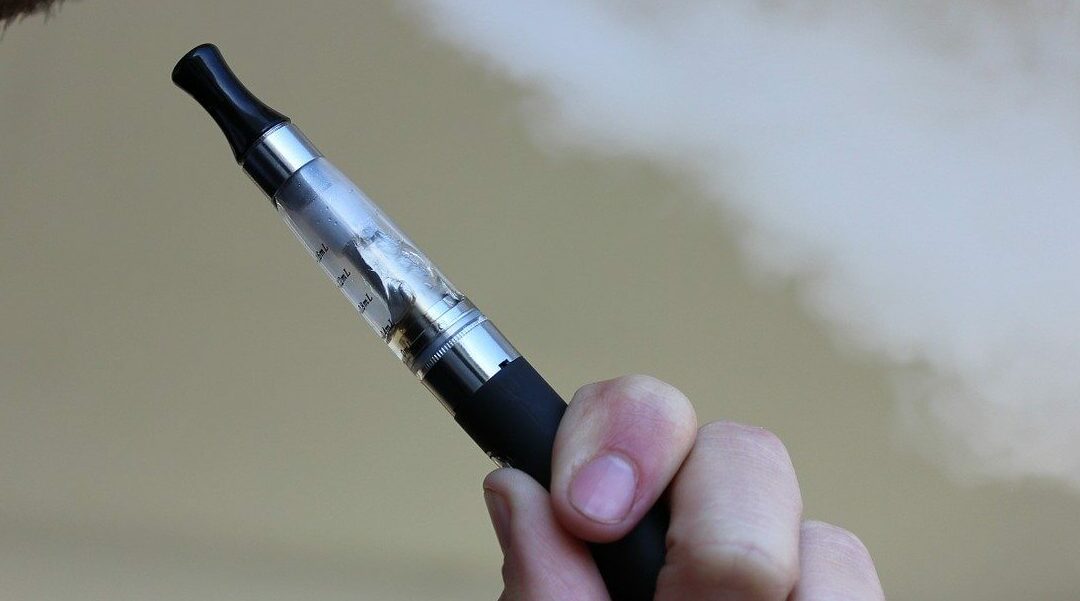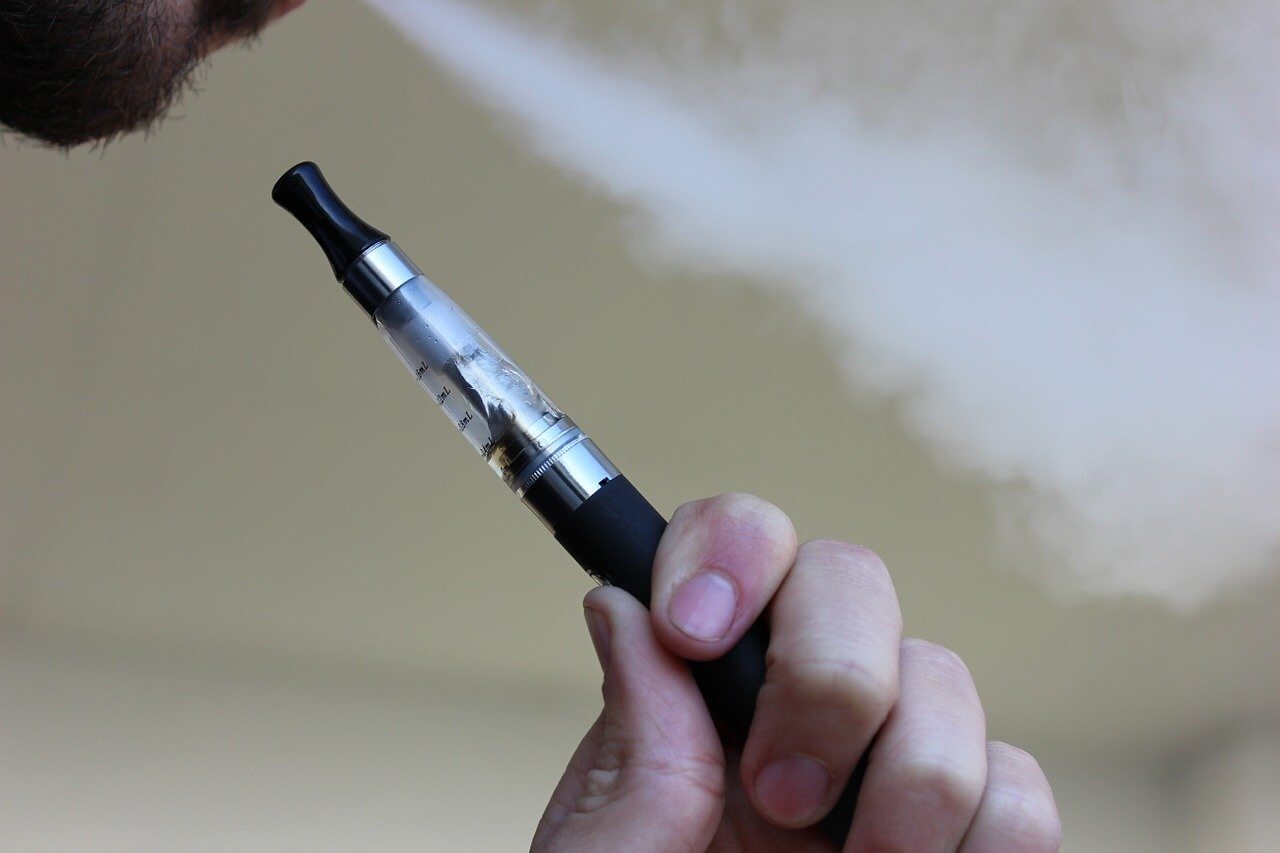
Lax THC vape rules still allow toxins into your lungs

In 2019 and 2020, vaping-associated lung injuries killed 68 people and injured 2,807 across the United States. As reported by Leafly and later confirmed by officials at the Centers for Disease Control and Prevention (CDC), those injuries and deaths were almost exclusively associated with unlicensed THC vape cartridges purchased from the illicit market.
At the heart of the health crisis was a relatively new vape cartridge additive known as vitamin E acetate. Unlicensed cartridge manufacturers were using the substance, a common ingredient in beard cream, to thicken the cartridge oil and boost profit margins.
After the poisonings, officials at the CDC said the number one thing state cannabis regulators could do to protect public health was ensure that “chemicals of concern” like vitamin E acetate did not enter the state-licensed THC vape cartridge supply.
As of early 2021, cannabis regulators have not done that.
A Leafly investigation into current and forthcoming regulations around THC vape cartridges in the 15 legal cannabis states reveals that more than a year after the vape lung (also known as EVALI or VAPI) crisis, a few states have banned vitamin E oil, but not a single state upgraded its THC vape cartridge testing requirements up to the standard currently required for all nicotine vape cartridges in Europe and Canada.
State cannabis regulators have generally done a great job of protecting the health of consumers by requiring tests for toxins like pesticides, residual solvents, heavy metals, mold, and bacteria. Manufacturers are also required to test and disclose the exact potency of every product on the label.
But sometime around late 2018, THC vape cartridges escaped the bounds of those safeguards. A new wave of novel cartridge oil additives, thickeners, thinners, diluents, and artificial flavors began flooding the market. The new additives were mostly limited to illicit-market vape carts, but a few seeped into the legal regulated market as well.
Those new additives included:
- Vitamin E acetate, aka beard cream oil
- Squalene, a shark liver oil substance
- Thousands of food flavorings not approved for inhalation
What kept these toxins from flooding into the legal THC vape supply? Only the good conscience of many licensed vape cartridge manufacturers—and a bit of luck. Nothing in the regulatory system of any state would have prohibited most of the new wave of additives.
Even today, the existing patchwork of state rules—with their yawning safety gaps and a total absence of federal oversight—has experts throwing up their hands.
Vape chemistry and regulations expert David Heldreth Jr. stepped down as the Chief Science Officer of a vape flavoring company. “It’s painful,” he told Leafly. “It’s one of those things where the industry just popped up and grew so quickly, it’s really difficult to keep up with what people innovate.”
CannaCraft, California’s biggest vape maker, forbids non-cannabis ingredients in its products, citing a lack of safety data. But the only thing keeping the company from adding mystery flavorings is the integrity of company officials. Many in the industry are doing it right. Others have less scruples. Consumers have few ways to tell.
“I think we do a lot of things well, but there’s certainly room for improvement,” said Matthew Elmes, a molecular biologist and Director of Scientific Affairs for CannaCraft. “There are so many things that aren’t tested for, and we don’t know, as consumers, what’s going on there.”
Leafly’s comprehensive review of THC vape cartridge rules in the 15 legal cannabis states found loopholes where those chemicals can get in.






